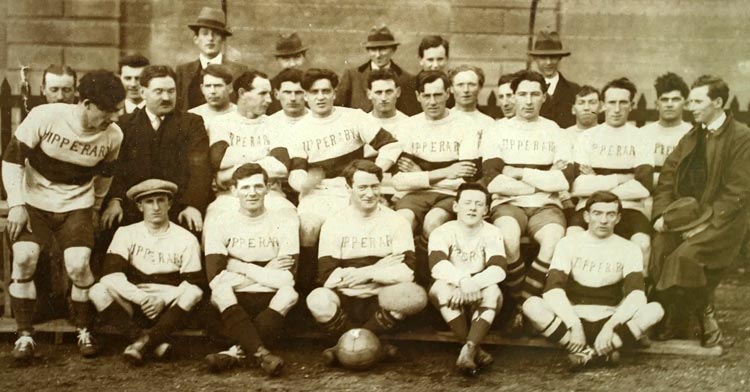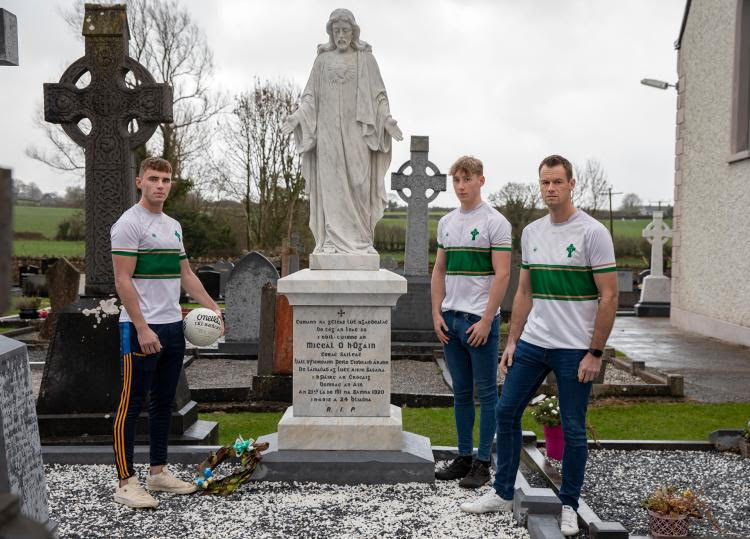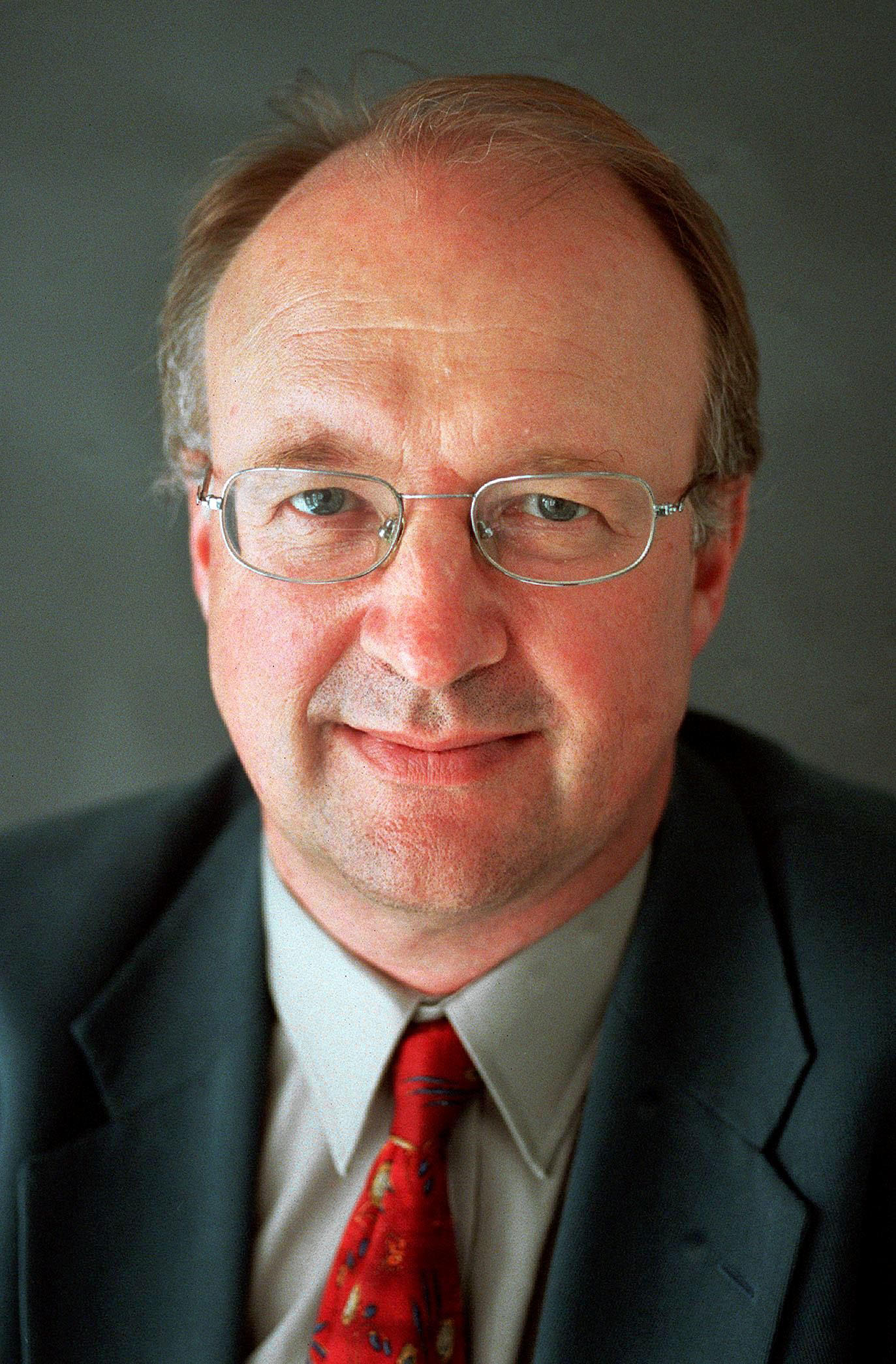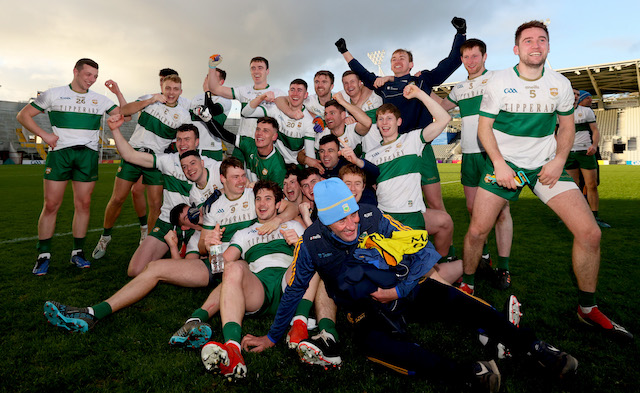Tipperary marked the centenary of Bloody Sunday with a historic win over Cork to win the Munster Final for the first time since 1935.
By Deaglán de Bréadún
In one of the most dramatic days in Irish sporting history, the Gaelic football team from County Tipperary won the Munster provincial championship last Sunday when they beat the favourites Cork. The historic drama had two dimensions: it was the first time Tipperary had taken the Munster title in 85 years and it was also 100 years almost to the day since a football match between Tipperary and Dublin at Croke Park came under attack by British forces, leading to the deaths of 14 people including a member of the Tipperary team.
The terrible events of November 21st 1920 resulted in that day being called Bloody Sunday (sadly, we had another Bloody Sunday over half-a-century later in Derry.) The sequence began with a series of assassinations in different parts of Dublin organised by the legendary Michael Collins which left 15 people dead, most of them suspected British intelligence agents. It was one of the most dramatic developments in Ireland’s War of Independence and left the British authorities severely rattled and very, very angry.
In retrospect, it would have been wise to call off the Dublin-Tipperary match, which drew a crowd of about 5,000 spectators at the main sporting venue of the Gaelic Athletic Association. Money from the sales of the tickets was being allocated to the dependents of Irish republicans who were imprisoned by the British.
The match started at 3.15 pm and, outside the ground, British forces, including members of the notorious Black and Tans, were arriving in trucks and armoured cars. Ten minutes into the game and without any obvious provocation, police burst through the turnstiles and started shooting with rifles and revolvers.
Naturally there was pandemonium. Spectators fled to the other side of the field as police fired into the crowd. Seven people were killed on the spot, five more died later from their wounds and another two were crushed to death in their efforts to escape. Three of those who died were schoolboys, Jerome O’Leary (10), William Robinson (11) and John William Scott (14) and one of the dead was a 29-year-old Dublin woman called Jane Boyle who was due to get married later in the week; at least sixty people were wounded. There were no casualties on the British side.

Among those killed was the captain of the Tipperary team, Michael Hogan (24) from Grangemockler, a village in the south-eastern party of County Tipperary. He was a member of the Irish Volunteers who were fighting for independence. The Hogan Stand at Croke Park, built in 1924, is named after him. Another Tipperary player, Jim Egan from Mullinahone, was wounded as he risked his life to find a priest who would give his friend Hogan the last rites. Sadly, Egan died later on April 19th, 1923, from wounds sustained during a gun-battle in the Irish Civil War where he was on the side opposed to the Anglo-Irish Treaty.
At last Sunday’s game, instead of their usual blue-and-gold colours, the Tipperary team wore the same type of white jersey with a green hoop as their 1920 forebears. Cork were favoured to win, not least because “Tipp” hadn’t taken the Munster football title since 1935 and Cork had beaten Kerry at an earlier stage in this year’s championship. In addition, the Cork players were on home ground at Páirc Uí Chaoimh, their city’s Gaelic games stadium, although Covid-19 restrictions meant no spectators were allowed.

Image Thurles.info
It was a rare occasion to have a Munster final where Kerry were absent. Indeed, Tipperary and Cork had not played each other at that level since 2002. The game started at 1.30pm and within three minutes Tipp were three points ahead, two of them scored by Conor Sweeney with Michael Quinlivan getting the third. But by 1.39pm the teams were even, thanks to Luke Connolly scoring twice for Cork, followed by a third point from Mark Collins.
The game continued in give-and-take mode with Cork getting a point ahead when Connolly scored from a long-range free kick. But Sweeney levelled the figures in great style within a minute when he put the ball over the bar from a very difficult angle. Guided by manager Dave Power, Tipperary edged in front by a point but Cork equalised again with a score from Colm O’Callaghan. However in the last ten minutes of the first half, Tipp scored five points including three from Quinlivan, the star of the show at this stage. Cork only chalked up one point in response, leaving the half-time score as follows: Tipperary 0-11 and Cork 0-7.
Almost immediately after the match resumed, Sweeney scored his sixth point for Tipp. There was some relief for Cork when a Tipp goal was disallowed by the referee. Tipperary were ahead by 12 points to nine but if Cork could get a goal it would make things even. However, a valiant effort by Collins in that regard didn’t bear fruit.
Tipp kept clocking up the points with the Rebel County trying to narrow the gap. As part of that effort, Cork brought Mark Keane onto the field. The 20-year-old, who has also played Australian rules football for the Melbourne-based Collingwood club, scored the winning goal against Kerry two weeks earlier. But although Cork were pulling out all the stops, things were not going their way and, when the final whistle sounded, Tipperary were ahead by 17 points to 14. It was a thrilling and historic victory for them, with an edge of poignancy because of the centenary link with the tragic Croke Park episode in 1920.
It wasn’t the only bit of Gaelic football drama last Sunday. Cavan also caused a sensation by winning the Ulster provincial title for the first time in 23 years when they beat strong favourites Donegal by four points.
Excitement is building ahead of the All-Ireland Semi-Finals which will see Cavan playing Dublin on December 5th, followed next day by Connacht champions Mayo lining-out against Tipperary, who are reverting to their usual blue-and-gold colours. The winners of these two matches will meet in the All-Ireland Final on December 19th. These are the same four teams who qualified for the semi-finals in the 1920 contest, which continued until 1922 because of the disruption caused by the conflict at the time. Tipperary finally emerged as All-Ireland champions in June 1922 when they beat Dublin by four points.
Tipp are better-known as a hurling county, having been All-Ireland Senior Champions a total of 28 times between 1887 and last year, putting them in third place behind Kilkenny with 36 and Cork with 30. When it comes to the senior football championship, Tipperary are tenth on the list, having won on four occasions– the last time was in 1920-22. Tipp players and supporters will obviously be hoping to repeat that achievement this year!


Deaglán de Bréadún is a freelance journalist and author based in Dublin. He is a columnist with The Irish News and his books include ‘The Far Side of Revenge: Making Peace in Northern Ireland’ and ‘Power Play: The Rise of Modern Sinn Féin’ as well as three books in Irish. His reporting on the Good Friday Agreement negotiations and their aftermath for The Irish Times won the Northern Ireland IPR/BT award for Daily News Journalist of the Year.


Leave a Reply